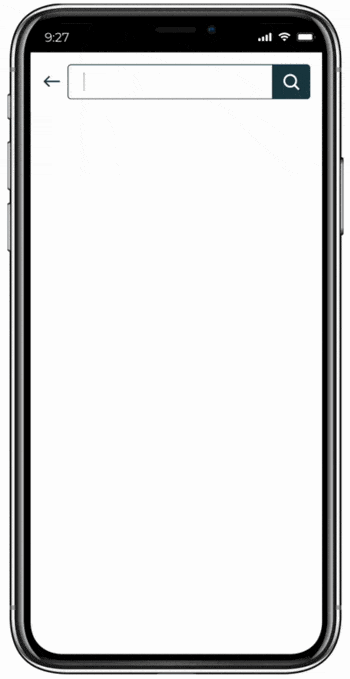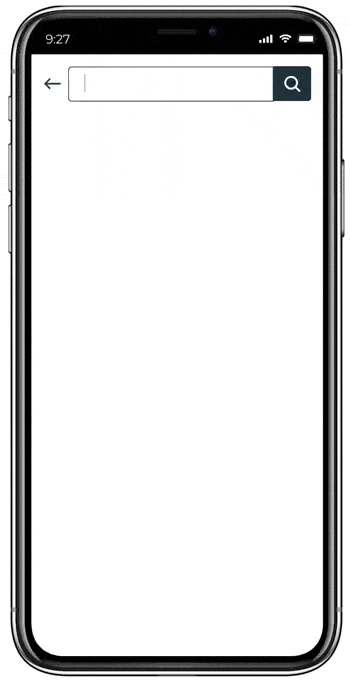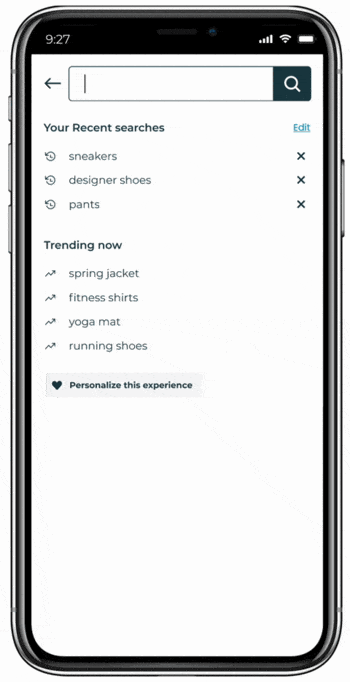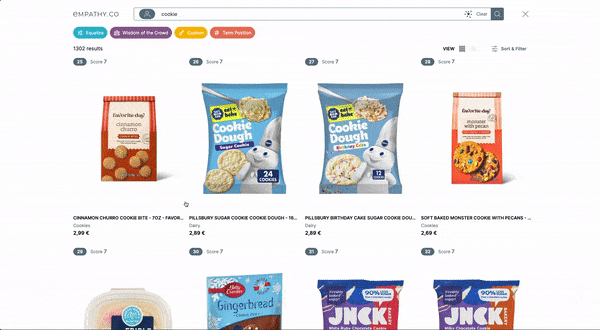Privacy Controls for Search History
Privacy Controls for Search History
Understand and frame the problem
How do you feel when websites track your every click and target you with ads? At Empathy.co, we feel there’s a general lack of understanding and trust about what is quietly going on, as the video Tracked by Apple well represents.
The worst part is it’s becoming normalised that brands use your activity and interests as their own data and sell it to third party companies. Ethical considerations are a challenging but essential aspect of design thinking and decision-making in our increasingly complex world. We believe it is time to do something about it.
Transparency at the heart of the experience
Following our mission to design and think everything through the lenses of ethics, today we’re going to talk about how brands can take action to establish more trusting relationships with their users.
It lies in giving all the control back to the people, starting with all the information that people normally give away to the store, never leaving their browser and not being stored by the shop. Meaning that advertisers will never follow data, and you won’t be followed around from your previous searches. Beyond words, let’s explore some product prototypes to see how it works.
People-centric approach
Let’s put ourselves in the shopper’s shoes in a virtual store. The user will always have a new set of experience controls available, based on privacy concepts BUT explained in a simple way. This facilitates security, transparency and control instead of reading long and tedious legal texts to understand.
Privacy, simple.
To make this process familiar to the user, they must first understand how their data works and what we will use it for. The user will then acquire knowledge gradually:
1 - It is contextual: to understand that personalisation refers to Recent searches and Trends, specifically.

2 - It is transparent: from the first user interaction, we explain how, when and where their information is stored through onboarding.

3 - It’s a personal decision: the user chooses if they want to share their information to benefit from a more personalised experience.

Invitation to join
In future articles exploring privacy controls, we will explore what else can be personalised. As we enrich the navigation and discovery experience in prototypes like these, we give control back to the people, empowering them and building a bond of trust. We invite all companies to join us on this journey. We’d love to hear your feedback as we continue to improve this experience.










